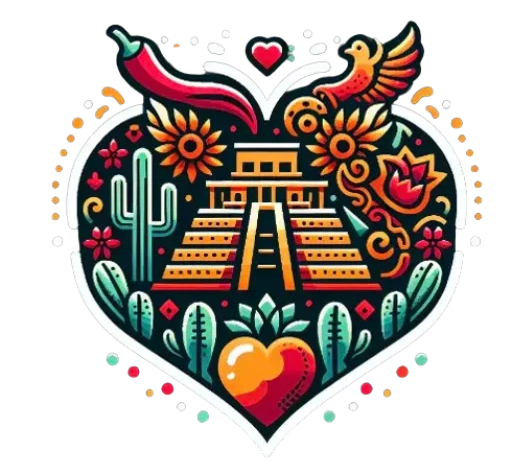The Tulum cenotes: What is a cenote?
Visit cenotesThese spectacular geological formations are not only breathtakingly beautiful natural phenomena, they are also a vital center for the local population. ancestral legendsa biodiversity and exceptional riddles yet to be elucidated, playing a crucial role in the region's cultural and ecological fabric. Through living stories and captivating images, let's dive into the fascinating world of cenotes and discover why they continue to captivate the collective imagination. A must-see for your stay in Tulum !

Cenotes formation
Cenotes originate in the Yucatán Peninsula, a region where the soil, composed of porous limestone, yields to erosion by rainwater and underground streams. This phenomenon is particularly remarkable in the Riviera Maya, where the mixing of sea and fresh water rapidly dissolves the rock, forming impressive underwater cavities.

Cenotes and the Maya: Portals to the Beyond
For MayasThe cenotes were both sources of life and gateways to the beyond, representing the duality of existence. These natural wells were essential to the water supply and played a central role in religious rituals, offering a pathway to the underworld, the Xibalbá. The Aluxes, protective spirits, are still venerated today to ensure the protection of the cenotes and their surroundings.
Story by Manuel, maya descendant The cenotes are the heart of our culture. My grandparents taught me that the water that resides there is the spirit of our ancestors, watching over us."

Unique Biodiversity
Life in the cenotes is rich and varied. There are specific species of fish and crustaceans, as well as endangered animals such as the Dama Blanca Ciega. The fauna also includes turtles, iguanas and emblematic birds such as the ave de los cenotes. The flora, influenced by the proximity of the sea, is dominated by tree roots plunging into the clear water and a variety of algae and lirios.
Experienced diver Maria: "Each cenote is unique. Diving into a closed cenote is like entering a natural cathedral, where silence and beauty are absolute."

Cenotes classification
Cenotes are classified according to their age and shape:
- Cenotes de Caverna The youngest, with waters ranging from emerald green to deep blue.
- Semi-open cenotes Middle-aged, partially exposed at the surface.
- Open Cenotes The oldest, where the vault has completely collapsed.
- Cenotes Antiques The lagoon-like landscape is an oasis of life in the heart of the jungle.

Cenotes Today
In the face of ecological challenges and mass tourism, the international and local communities are uniting to protect these treasures, conscious of their ecological and cultural importance.
Quote from José, cenote curator: "Cenotes are the mirror of our soul and our land. By protecting them, we honor our ancestors and preserve the future. Every drop of water in a cenote symbolizes life itself, inviting us to recognize and celebrate our deep and eternal connection with nature. This current perspective highlights our collective commitment to caring for these singular ecosystems, ensuring that they continue to fascinate generations to come.

